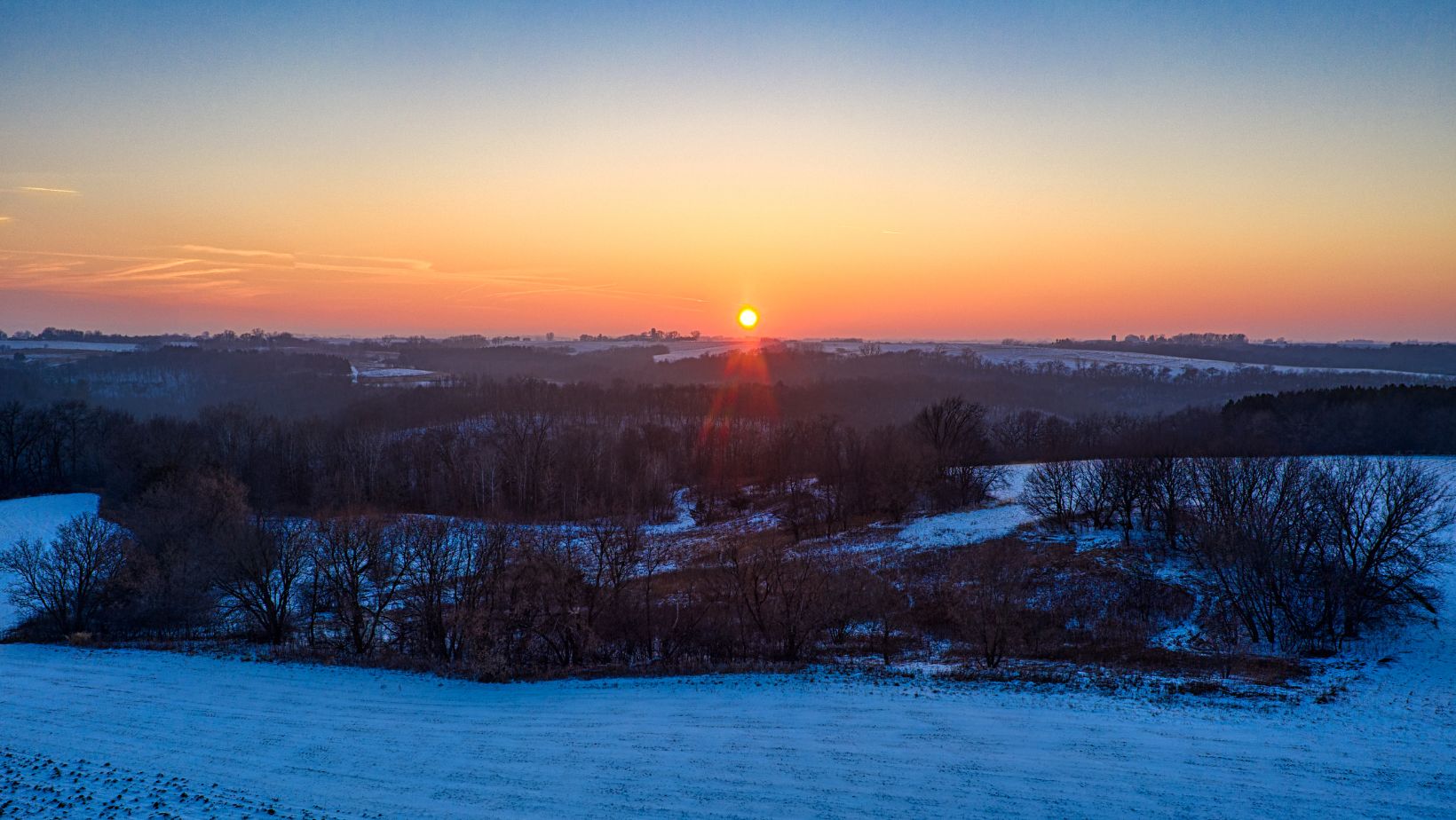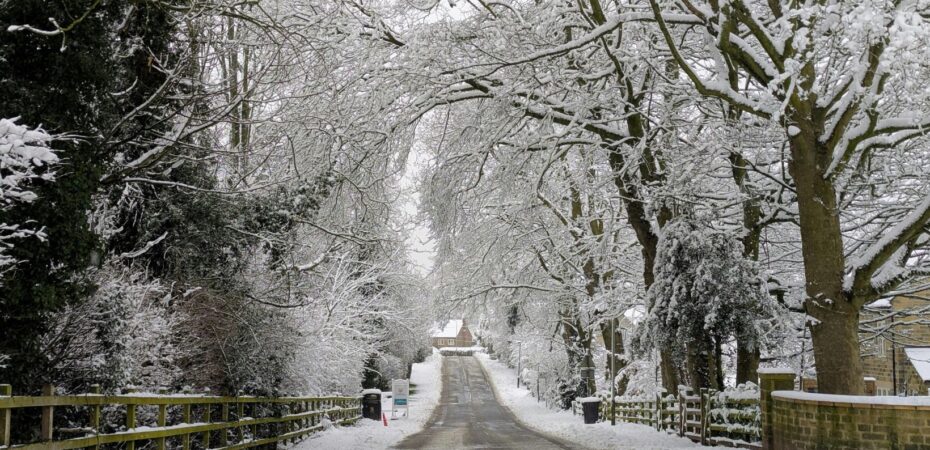Wintertime Puglia offers an unparalleled holiday. Stone alleyways, centuries-old olive groves and gentle hills descending toward a calm sea become one of the most striking landscapes in southern Italy, combining tranquillity, authenticity and an unexpected cultural richness. Between traditions and the warm character of its people, visitors uncover sensations that linger, as if winter heightened the region’s deepest essence.
Winter Among White Towns And Traditional Architecture
Puglia’s towns take on a special atmosphere during the colder months. Places such as Ostuni, Locorotondo or Cisternino allow visitors to explore their historic centres at a slow pace, appreciating every detail of traditional architecture. Winter sharpens the contours of palaces, stone arches and Baroque churches that form the urban mosaic.
Alberobello, perhaps the most emblematic village of the region, reveals a more intimate side during this season. Among the trulli, those distinctive conical constructions, a serene atmosphere invites you to observe the daily rhythm of its residents without haste. Walking along its cobblestones brings travellers closer to a less photographed Puglia, more connected to its rural past and artisanal identity, as though every corner held a fragment of a story still waiting to be completed.
Cultural Routes And Landscapes Transformed By The Season
Winter opens the door to cultural itineraries that help visitors understand the identity of this southern region. In cities like Lecce, the grandeur of its Baroque architecture takes on a different effect under the colder light, while in Bari Vecchia the stories of fishermen and merchants echo between narrow balconies and quiet squares. These walks invite travellers to stop at local markets, ceramic workshops or small bakeries where the aromas of yeast and durum wheat seem intensified by the climate.

The landscapes, meanwhile, offer an unexpected contrast. In the Itria Valley, dormant vineyards and fruit orchards create a serene, almost cinematic image. Along the coast, the Adriatic Sea takes on a darker tone, with peaceful beaches and cliffs that are easier to appreciate at this time of year. The alternation between gentle hills and rugged shorelines offers a variety of settings that accompany travellers on a constantly shifting journey, as if each stretch of road revealed a new perspective still waiting to be discovered.
Winter Flavours And Food-And-Wine Experiences
Puglian cuisine adapts to the season with stews, dense breads, aged cheeses and freshly pressed olive oils that tell the stories of entire generations. During the colder months, many visitors make their way into the Itria Valley to explore ancient wine presses and small cellars that preserve traditional methods. In this context, tastings gain special value: the quiet of winter enhances aromas and textures.
Those looking for organised activities may be interested in wine tours in Puglia Italy, an option that introduces travellers to local wines through itineraries near Alberobello. The experience often includes walks among vineyards, visits to family-run wineries and guided tastings that showcase the valley’s oenological richness, always from a respectful, territory-centred perspective.
The typical flavours of the season —orecchiette, winter vegetables, Adriatic fish and almond-based sweets— become a point of connection between tradition and everyday pleasure. Each dish acts like another piece of the cultural landscape, revealing ways of life that endure even when tourism quiets down.
Nature, Tranquillity And The Small Rituals Of Puglian Winter
Puglia’s winter nature invites a type of travel where calm prevails. The trails of Torre Guaceto Nature Reserve, the cliffs of Castro or the protected areas near Otranto allow visitors to observe migratory birds, resilient vegetation and a coastline that shifts constantly with the wind. This quietness is not stillness; it is a different kind of presence, more contemplative.
As the season progresses, small local customs gradually weave themselves into the visitor’s experience. These simple habits, taken together, build a deeper perception of the territory. And it is precisely in those everyday moments that the journey seems to open a door to something still pulsing beneath the surface, as if Puglia held one last detail reserved for those who know how to pause at the right moment.


 By
By 




